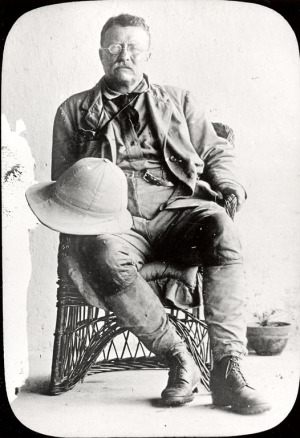"The intuitive mind is a scared gift and the rational mind is a faithful servant. We have created a society that honors the servant and has forgotten the gift." - Albert Einstein
In his new book Focus: The Hidden Driver of Excellence, Daniel Coleman has a chapter on "The value of the mind adrift." A few quotes:
"Every variety of attention has its uses. The very fact that about half of our thoughts are daydreams suggests there may well be some advantages to a mind that can entertain the fanciful. We might revise our own thinking about a 'wandering mind,' by considering that rather than wandering away from what counts, we may well be wandering toward something of value."
.....
"Since the brain stores different kinds of information in wide-reaching circuitry, a freely roaming awareness ups the odds of serendipitous associations and novel combinations."
.....
"The nonstop onslaught of email, texts, bills to pay - 'life's full catastrophe' - throws us into a brain state antithetical to the open focus where serendipitous discoveries thrive. In the tumult of our daily distractions and to-do lists, innovation dead-ends; in open time it flourishes. That's why the annals of discovery are rife with tales of brilliant insights during a walk or a bath, on a long ride or vacation. Open time lets the creative spirit flourish; tight schedules kill it."
Source: Focus: The Hidden Driver of Excellence
Image: Statue of Albert Einstein, Vail, Colorado. Copyright CyberMed, LLC














